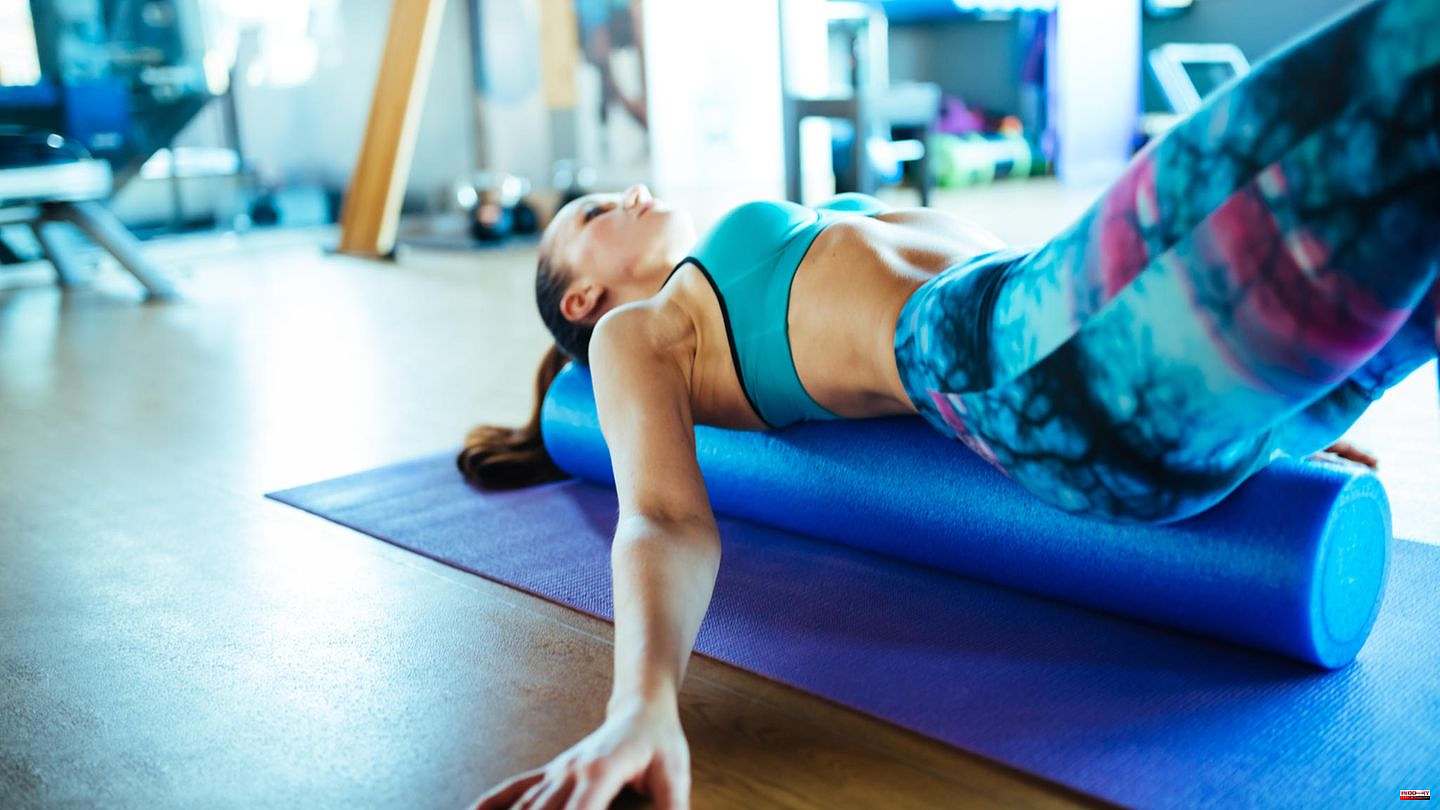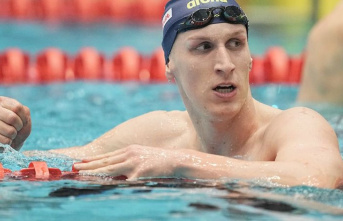Whether beginner or professional: The Pilates roller is suitable for anyone who wants to strengthen or massage their body to relieve possible tension or hardening. Or just to improve his balance. Because the fact is: You don't have to know Pilates to be able to use the role. Of course, it is used in appropriate courses in order to be able to do certain exercises while sitting or lying down. Nevertheless, the aid can also be used at home, without any previous experience with Pilates. The roller can be used, for example, for relaxation and strength exercises to strengthen your core and abdominal muscles. However, you should know the most important criteria that you need to pay attention to before buying. Watch the video below to learn how to properly use the Pilates roll.
The material Basically, Pilates rollers are made of hard PE foam or soft synthetic rubber (which is still very firm) and are so fine-pored that no moisture can penetrate. This makes the material particularly resistant, durable, hygienic and easy to clean.
The SizeThere are short Pilates rolls and long Pilates rolls. Depending on how tall you are and which training you want to do, the length is crucial: Short models (30 - 60 cm) are suitable for holding and support exercises, bonded fascia, massages and relaxation exercises while sitting. The long models (90 - 120 cm), on the other hand, are suitable for balance and strength exercises while lying down to strengthen the back and stomach.
The degree of hardnessA Pilates roller can have different degrees of hardness: soft, medium and hard. These are not only based on the different areas of application, but should also be adapted to personal sensitivity and pain perception. As with a mattress, one prefers to lie harder and the other softer. After that you should also choose the role, although you have to know here that even "soft" models are still very firm and hard when you lie on them. The softer a Pilates roller is, the more flexible it is - and the easier it is to do balance exercises. For fascia training, on the other hand, harder models are the better choice, which is why so-called fascia rollers are significantly harder.
The StructureThe Pilates roller has either a smooth or textured surface. This applies to both long and short models. The former is suitable for beginners because the pressure can be better distributed when the material has a larger surface. For advanced users, on the other hand, both variants are possible, but a structured Pilates roller provides a better hold.
If you've never trained with a Pilates roller before, the following video will help you get started. It shows different exercises for beginners that you can easily imitate at home:
A lack of exercise, sitting for long periods of time, too much stress or poor posture can lead to your connective tissue – so-called fascia – sticking together. This in turn can lead to restricted mobility, painful hardening and tension. A Pilates roller is very useful for loosening the stuck fascia: the connective tissue is massaged by the targeted pressure on certain areas that you apply to your body when rolling out (i.e. small movements back and forth). This in turn means that the fascia can loosen and your body becomes more mobile again.
This article contains so-called affiliate links. There is more information here.












